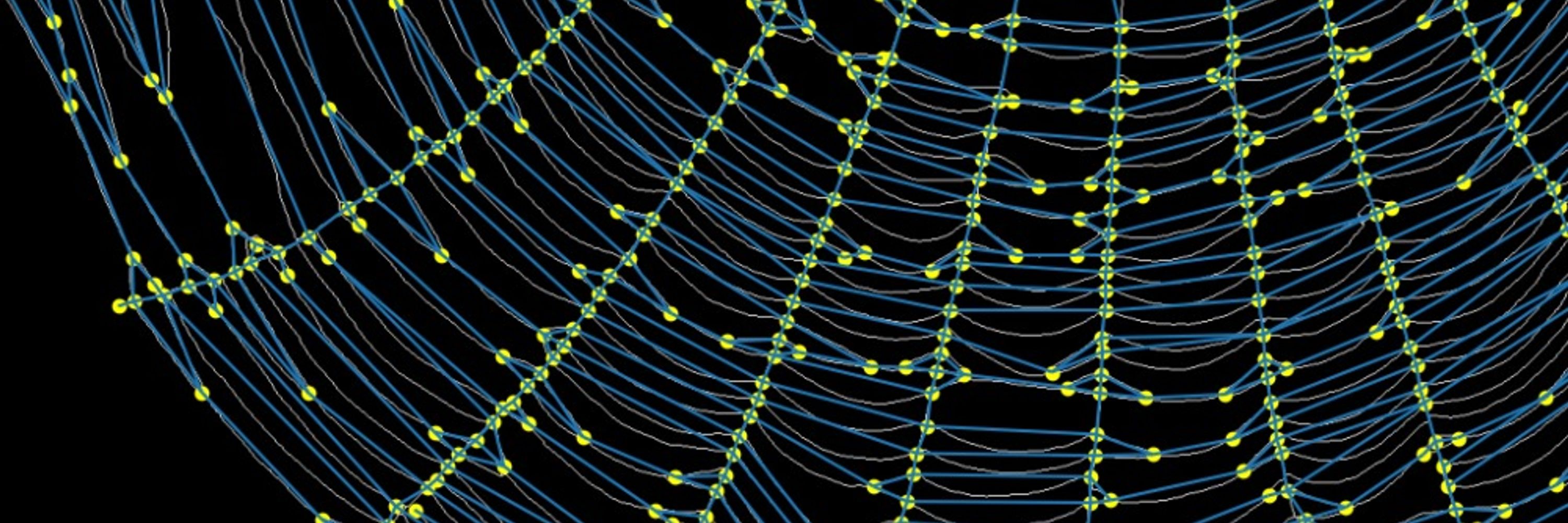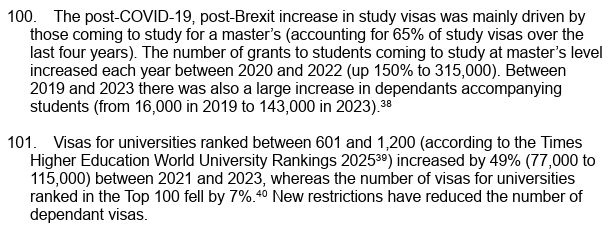
www.franwin.co.uk for more details.
he/him. Views my own.







This isn't helpful for finding where something went wrong, you don't know what actually threw the error. But there's an easy fix!

This isn't helpful for finding where something went wrong, you don't know what actually threw the error. But there's an easy fix!

It's exceedingly useful for generating aggregated summaries over a dataset (i.e. weekly means)

It's exceedingly useful for generating aggregated summaries over a dataset (i.e. weekly means)

![A code interface showing the following code: `for (x in c("disp", "hp", "wt", "cyl")) {print(ggplot(mtcars, aes(x=.data[[x]], y=mpg)) + geom_point() + geom_smooth(method="lm"))}`](https://cdn.bsky.app/img/feed_thumbnail/plain/did:plc:b5d7qatzp22odvyd6xn7lsjl/bafkreigdyaggx3jcp4z4ez7rx3s4i4s4s54jsnb5fup7aab2fbqsw2ogke@jpeg)
![A code interface showing the following code: `for (var in names(mtcars)) {mtcars %>% count(.data[[var]]) %>% print()}`](https://cdn.bsky.app/img/feed_thumbnail/plain/did:plc:b5d7qatzp22odvyd6xn7lsjl/bafkreibhvjd7eklodpex3rj2v275gi7jvefizwn3bqzhj5u2c4hgfdwk2i@jpeg)













![A code interface showing the following code: `.data[[var]]`](https://cdn.bsky.app/img/feed_thumbnail/plain/did:plc:b5d7qatzp22odvyd6xn7lsjl/bafkreiei7mxljhknzk4trdxbib6kjah5xv4kjo3e4mxcufhtdg4nmsbiuu@jpeg)
